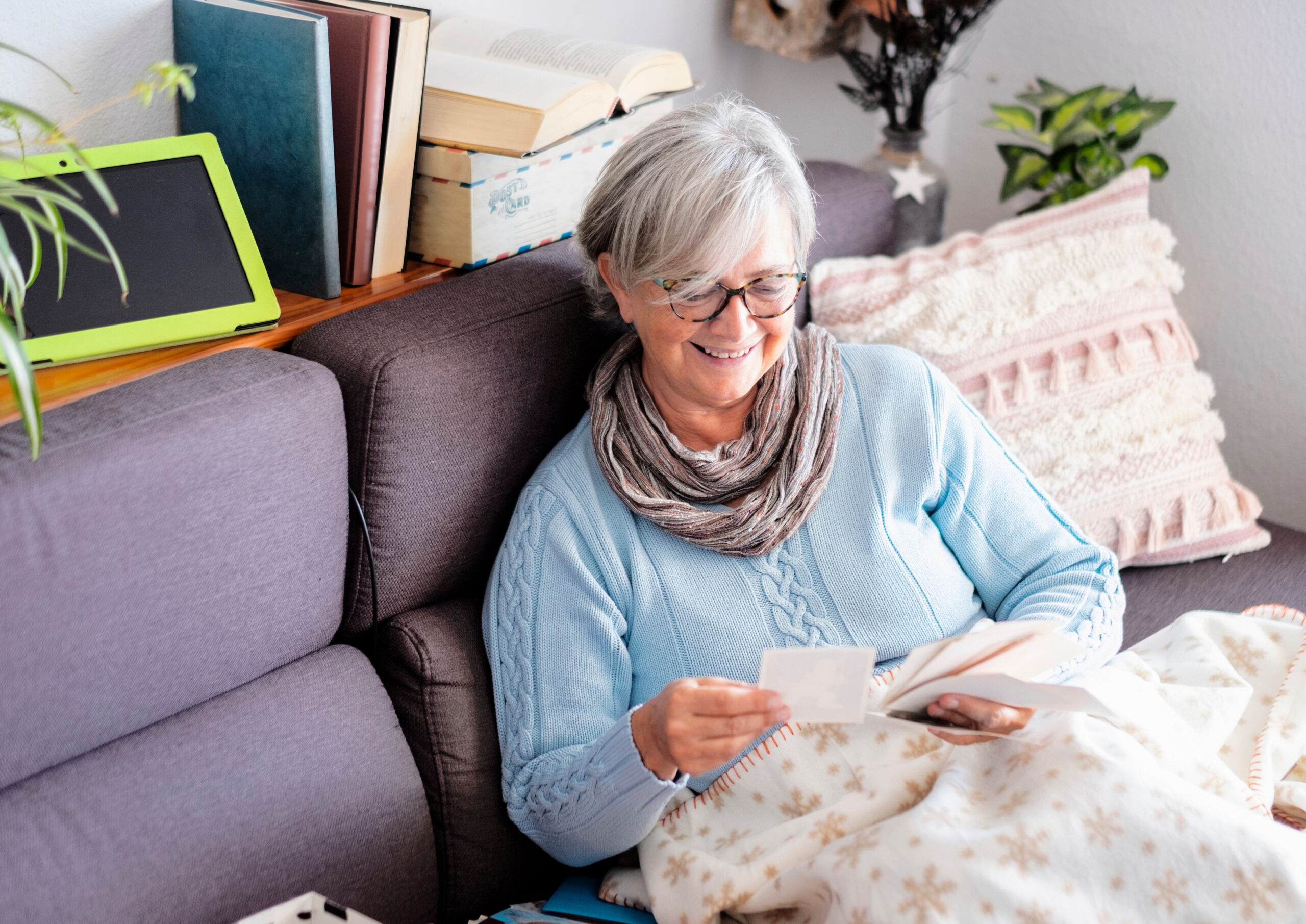Strategies for balancing independence and safety in dementia care
Balancing independence and safety in dementia care is a delicate task that requires thoughtful strategies tailored to the individual’s needs. The goal is to help those living with dementia maintain as much autonomy as possible while minimizing risks that could lead to injury or distress.
One effective approach is **modifying the home environment** to support both freedom and security. Simple changes like installing grab bars in bathrooms, using non-slip mats, and removing loose rugs can prevent falls without restricting movement. Clear signage, contrasting colors on doors or stair edges, and good lighting reduce confusion and help individuals navigate their space confidently. Familiar objects placed within easy reach provide comfort and encourage engagement with daily activities[1][3].
Using **assistive technology** can also promote independence safely. Devices such as wearable trackers allow caregivers to monitor location discreetly, giving individuals freedom to move around while ensuring quick response if needed. Reminder systems for medication or appointments support routine without constant supervision[2].
Establishing a **predictable daily routine** helps reduce anxiety by creating structure around meals, rest times, and activities. Labeling drawers with words and pictures enables people with dementia to find clothing or utensils independently, fostering a sense of accomplishment[3]. Encouraging participation in simple tasks they enjoy—like gardening or folding laundry—keeps them mentally active while preserving dignity[5].
Professional support plays an important role too. Occupational therapists can assess the home for personalized safety upgrades that are minimally intrusive but highly effective. Trained caregivers offer respite for family members while engaging loved ones through hobbies like music therapy or gentle exercise programs such as chair yoga[3][5].
Ultimately, balancing independence with safety means creating an environment where people feel secure yet empowered — where small freedoms are preserved through thoughtful design, technology use, consistent routines, meaningful activity engagement, and compassionate professional care tailored specifically for dementia challenges. This approach respects individuality while addressing practical needs at every stage of the condition’s progression.





